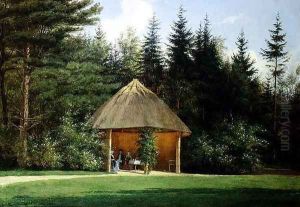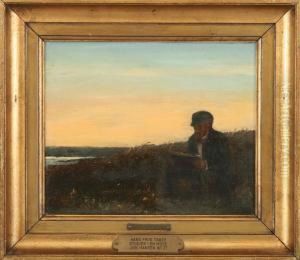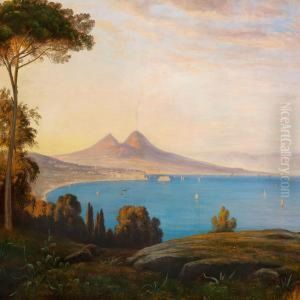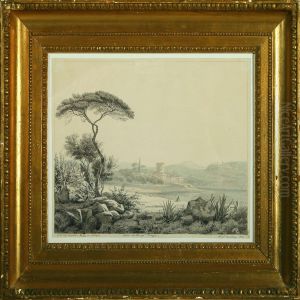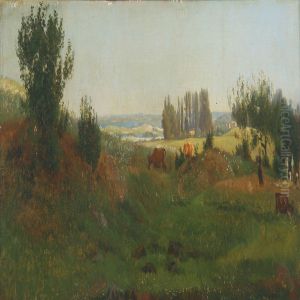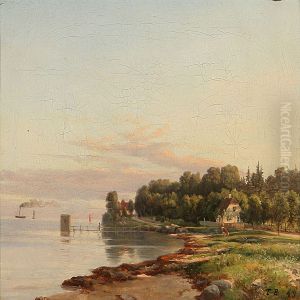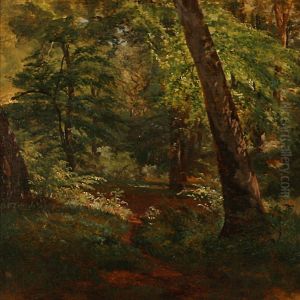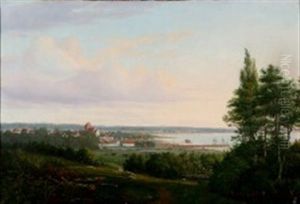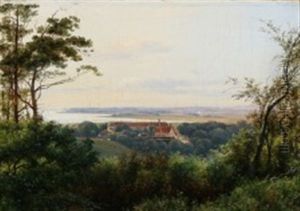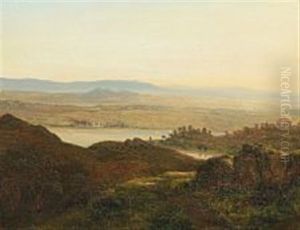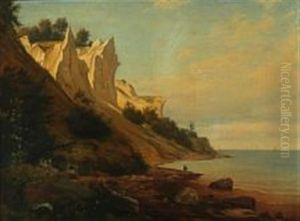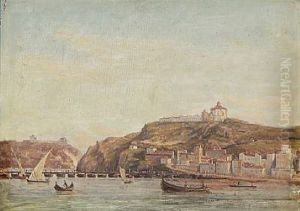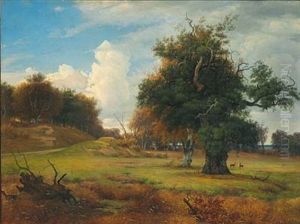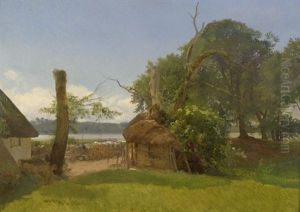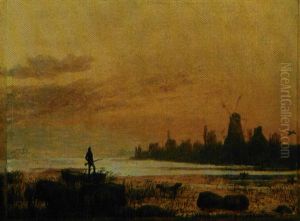Thorald Brendstrup Paintings
Thorald Brendstrup was a Danish painter born on October 10, 1812, in Jutland, Denmark. He is known for his landscape paintings and for being part of the Golden Age of Danish Painting, a period of outstanding artistic production in Denmark in the first half of the 19th century. Brendstrup was initially educated at the Royal Danish Academy of Fine Arts in Copenhagen, where he was influenced by the teachings of Christoffer Wilhelm Eckersberg, the father of Danish painting, who emphasized the importance of nature and close observation in art.
Brendstrup traveled extensively throughout Italy, which was a common practice among Danish artists of the time, as Italy was considered an essential destination for artists to study the light, landscapes, and classical art and architecture. The artist's journey to Italy had a notable impact on his work, as evidenced by the Italianate themes and the warm, southern light that he often incorporated into his landscapes. Although he was primarily a landscape painter, Brendstrup also experimented with genre scenes and portraits.
His work reflects the Danish Golden Age's preoccupation with beauty, harmony, and the tranquil representation of the Danish countryside and its people. Brendstrup's landscapes were characterized by a poetic and sometimes moody atmosphere, and he had a particular talent for depicting the effects of light and weather on the natural environment.
Despite his skills and contributions to the Danish art scene, Thorald Brendstrup never achieved the same level of fame as some of his contemporaries, such as Christen Købke or Wilhelm Marstrand. Nevertheless, his paintings remain a testament to the rich artistic legacy of his time, capturing the serene spirit of the landscapes he observed.
Thorald Brendstrup's works can be found in various art museums in Denmark, including the Thorvaldsen Museum and the Hirschsprung Collection. He continued to paint and exhibit his work throughout his life until his death on December 9, 1883, in Copenhagen. Through his paintings, he contributed to the legacy of the Golden Age of Danish Painting, and his art continues to be appreciated for its contribution to Denmark's national heritage.

